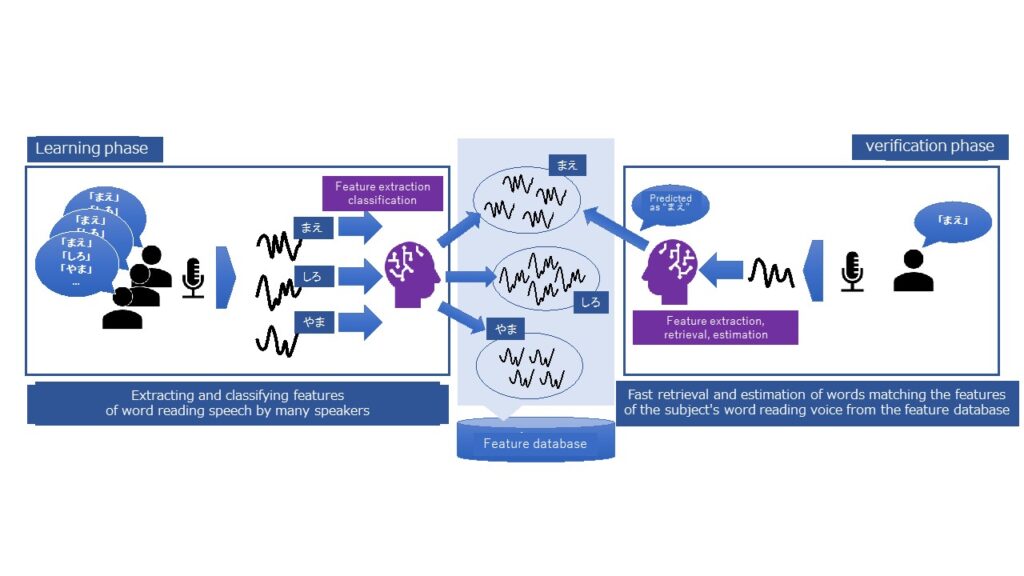Development status
Software as a Medical Device (SaMD) Utilizing Artificial Intelligence for Diagnosis of Swallowing Disfunction
Oral functions deteriorate with aging, and, if such symptoms (“oral frailty”) is left untreated, it can lead to eating disorders and dysarthria disorders, which in turn can lead to many physical and health problems. Therefore, it is important to diagnose and deal with the symptoms early and appropriately (treatment including rehabilitation). In a super-aging society, dysphagia, one of the causes of oral dysfunction, has been increasing, and it is reported that about 70% of pneumonia, a major cause of death among the elderly, is caused by aspiration. Though early detection of impaired swallowing function and therapeutic intervention such as rehabilitation are necessary to prevent aspiration pneumonia, the only evaluation methods currently available are swallowing endoscopy and swallowing fluoroscopy, which require specialized equipment in hospitals and are burdensome to patients.
Since the organs used in swallowing and speech have many parts in common, such as the tongue, oral cavity, and pharynx, we have focused on the possibility of evaluating swallowing function from conversation and have been developing the software as a medical device (SaMD) that can evaluate swallowing dysfunction from speech data during conversation. In collaboration with several departments of Tohoku University (Department of Otorhinolaryngology, Dentistry, and Department of Rehabilitation Medicine, School of Medical Engineering) and NEC Corporation, we have developed an AI engine (time series model-free analysis) specialized for analyzing time-series data of all frequencies of speaking sounds of patients visiting the Tohoku University Hospital Treatment Center for Swallowing Dysfunction. At this point, we have developed the AI that can confirm the baseline of healthy subjects’ speech (gender, age, individual differences, etc.), detect differences between the pronunciation of healthy subjects and that of patients, and diagnose patients with impaired swallowing function.
We will further develop the AI for practical use by learning from medical data of more elderly patients with impaired swallowing function. If this SaMD is put into practical use, it can diagnose patients with impaired swallowing function, who may develop aspiration pneumonia, easily and at an early stage.
In March 2023, we filed a patent application for intellectual property rights with Tohoku University.
